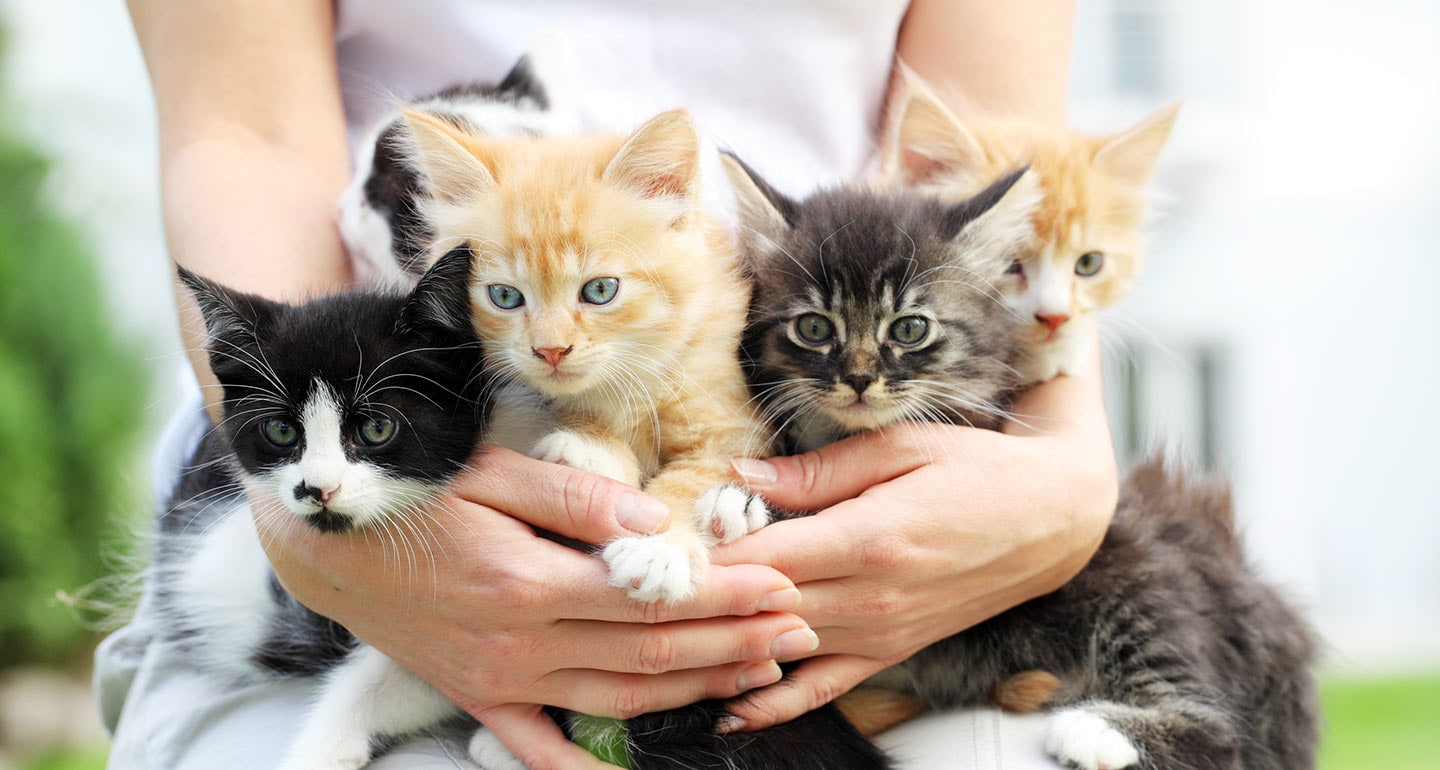Understanding Your Cat’s Body Language
Cats are known for their unique and sometimes puzzling body language. However, understanding your cat’s body language is essential for effective communication and a happy, healthy relationship. For example, a cat with abnormal fur shedding may be a sign that your cat needs hypoallergenic cat food. One key aspect of reading your cat’s body language is paying attention to its tail, ears, and eyes. A flicking tail or flattened ears, for example, can signal that your cat is feeling anxious or scared. Dilated pupils may indicate excitement or fear. Along with understanding your cat’s body language, providing them with a healthy diet, such as hypoallergenic wet cat food, can also help to promote better communication by improving their overall health and well-being. It’s important to note that a cat’s body language can vary based on its individual personality and environment, so it’s important to take these factors into account when interpreting its signals.

The Different Ways Cats Communicate With Body Language
Cats are known for their unique body language, and they communicate in many different ways. One of the most common forms of feline body language is through tail position. A relaxed tail held upright signifies a happy and content cat, while a twitching or puffed-up tail indicates agitation or fear. Additionally, cats communicate through their eyes. Wide, dilated pupils can indicate excitement, fear, or aggression, while slow blinks are often a sign of contentment and trust. Ear position is also significant, with forward-facing ears signaling curiosity or interest, and flattened ears suggesting fear or aggression. Along with these visual cues, cats also communicate through vocalizations, including meowing, purring, growling, and hissing.
The Importance Of Paying Attention To Your Cat’s Vocalizations
Cats communicate not only through body language, but also through vocalizations, and paying attention to your cat’s vocal cues can provide valuable insights into their emotional state. For instance, a loud and persistent meow can signal that your cat is feeling hungry or thirsty, while a high-pitched meow can indicate excitement or playfulness. On the other hand, a low-pitched growl or hiss is often a sign of fear, discomfort, or aggression, and may indicate that your cat needs space or feels threatened. It’s also important to listen for purring, which is typically a sign of contentment, but can also indicate pain or discomfort. In some cases, changes in your cat’s vocalizations may signal an underlying health issue, such as respiratory problems or dental pain. By paying attention to your cat’s vocalizations and responding appropriately, you can better meet their needs and strengthen your bond.













